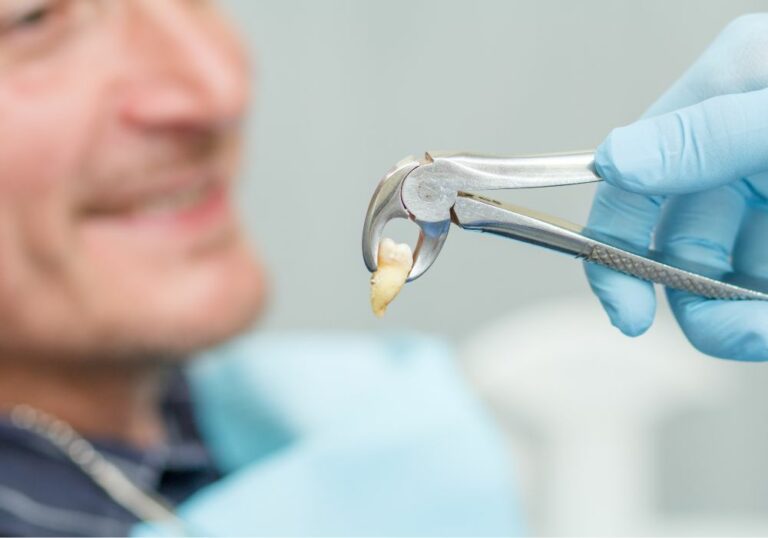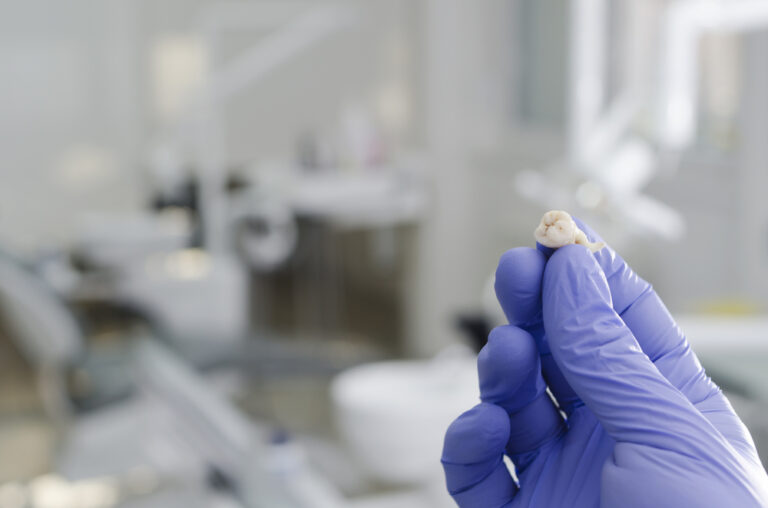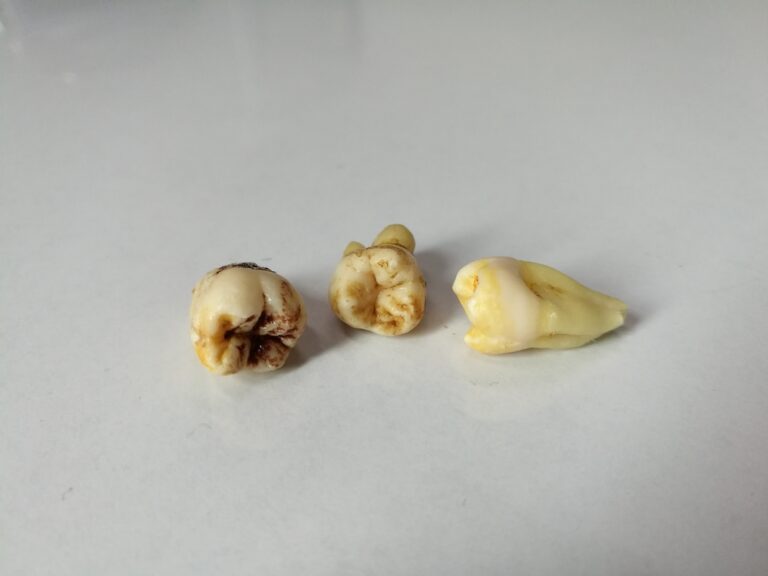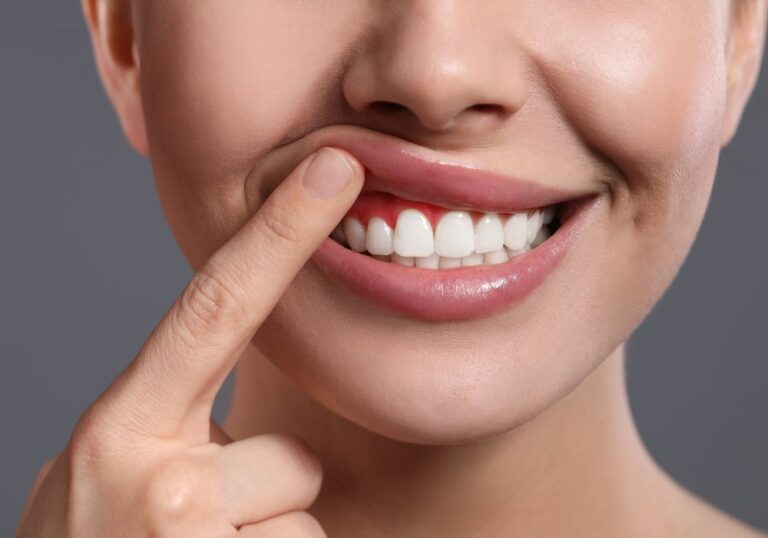It’s common to see teeth gradually shift and become more crowded as people get older. Even individuals who wore braces as teenagers often notice increased crowding and irregularity of their teeth later in adulthood. There are several reasons this phenomenon, known as late lower incisor crowding, occurs.
Changes in the jawbones over time
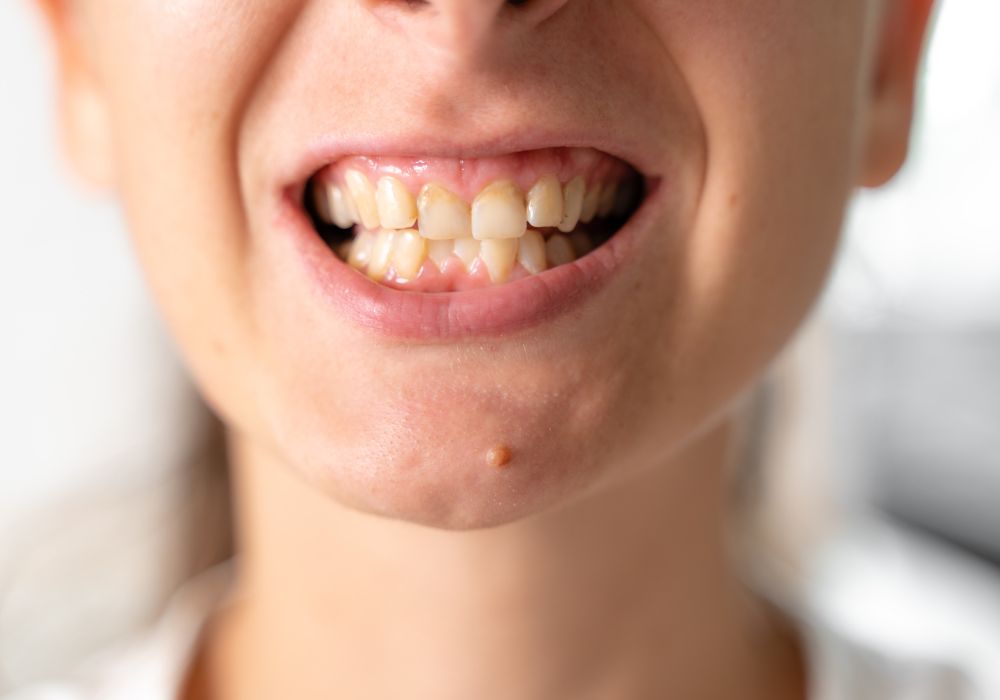
One major factor that contributes to teeth becoming more crooked with age is natural changes that happen in the jawbones. Our jaws go through growth and loss processes that impact tooth alignment.
Jaw growth in youth
When children are young, their jawbones are still actively growing and developing. This allows more room for permanent teeth to shift into proper alignment as they erupt. The jaws have bone flexibility and malleability at this stage.
Jawbone resorption
As adults get older, their mandible and maxilla (lower and upper jawbones) begin to gradually resorb. Resorption is the process where some bone tissue is naturally and slowly broken down and the minerals are reabsorbed back into the body. This causes a subtle shrinking of the total jawbone size over decades.
Less space in mouth
The small but progressive loss of jawbone through resorption reduces the amount of space that is available in the mouth. With less bone to support the roots, teeth can drift out of position and become crooked due to lack of foundational stability.
Rate of resorption
The rate of jawbone resorption and density loss increases notably in middle age into older age. This corresponds with the age range when increased tooth crowding becomes more clinically observable, typically in a person’s late 30s, 40s, or 50s.
Diminishing collagen in the gums
The gum tissue surrounding teeth also undergoes characteristic changes with aging, contributing to crowding.
Collagen in youth
When children and young adults have newly erupted permanent teeth, their gums contain abundant dense collagen fibers that anchor the teeth firmly within the jawbone sockets. This collagen network holds teeth in a naturally stable position.
Collagen loss
Over decades of aging, the collagen content in gingival gum tissue gradually diminishes. Enzymes in the mouth break down collagen proteins over prolonged timespans. The gums become looser, with less dense anchoring collagen.
Drifting teeth
With inadequate collagen for support, teeth are able to drift more freely into crooked positions when space allows. They are less firmly embedded in the jawbone without a robust collagen matrix. This mobility enables late crowding.
Gradual process
The loss of collagen is a very slow, incremental process that occurs over many years. That is why crowding typically does not become substantial until middle age after collagen depletion reaches a certain threshold.
Contraction of the palate
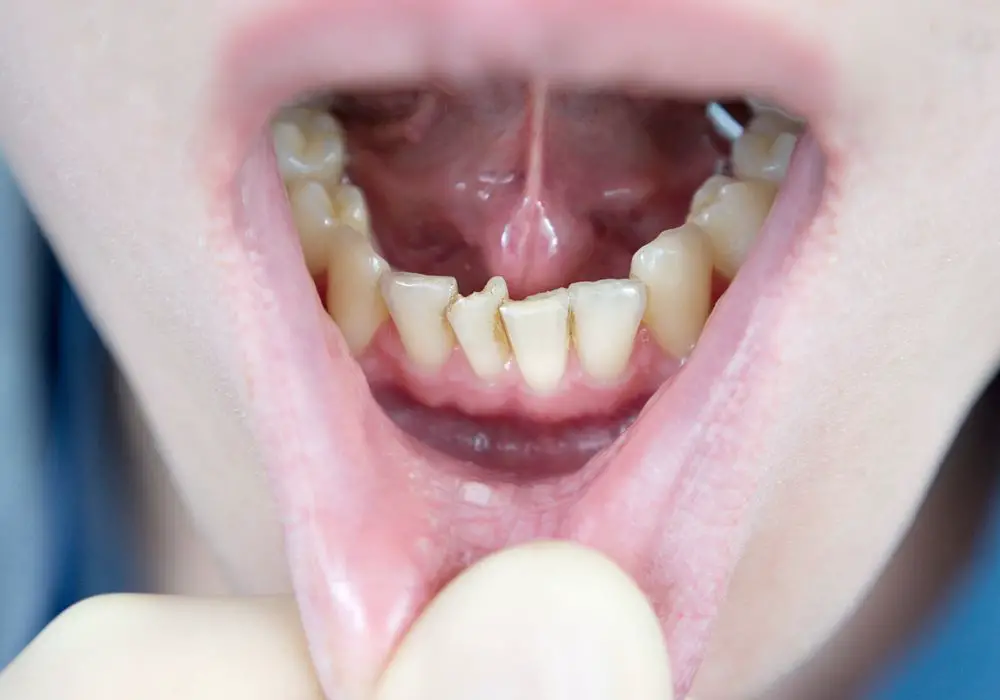
In addition to changes in the jawbone and gums, the shape and size of the palate (roof of the mouth) also shifts in ways that can contribute to dental crowding in adults.
Palate expansion in youth
In childhood and adolescence, the palate has a broader, wider shape to accommodate the eruption sequence of secondary and permanent teeth. This youthful palate provides ample arch width for proper tooth alignment.
Palate contraction
After adulthood is reached, the palate bones and arch width slowly contract and decrease over time. Subtle bone degeneration causes the palate to shrink and collapse in on itself to some degree.
Less arch width
This diminished palate arch width means less space is available for the teeth. Teeth may drift out of original position and become crowded due to constricted space.
Mixed causes
In most people, palate shrinkage interacts with concurrent jawbone loss and gum collagen reduction to worsen crowding. But a narrowing palate alone can also displace teeth.
Preventing and treating late dental crowding
Although some subtle tooth crowding with age is expected, certain strategies can help minimize this problem to maintain oral function and a pleasant smile.
Retainer wear
Consistently wearing retainers as prescribed after orthodontic treatment helps enormously to hold teeth in their ideal aligned positions for as long as possible. See your orthodontist regularly to ensure the retainer still fits correctly.
Dental expansion
In cases of mild dental crowding, expanders are appliances that can widen the upper jawbone to create more lateral space for properly positioning teeth. Expanders are removable plastic plates or fixed dental devices cemented to teeth.
Selective reshaping
Reshaping specific teeth through subtle contouring or grinding can generate small spaces that enable minor realignment corrections. This conservative tactic targets tooth shape problems contributing to crowding.
Full orthodontics
If dental crowding becomes substantial enough to impact oral health and function, braces or clear aligners may be recommended again to fully realign teeth. Newer orthodontic options are more esthetic and comfortable for adults.
Dental implants
Extracting a damaged tooth later in life can cause surrounding teeth to shift. Replacing it with a dental implant serves as a substitute root to prevent crowding of adjacent teeth.
Importance of preventing excessive crowding
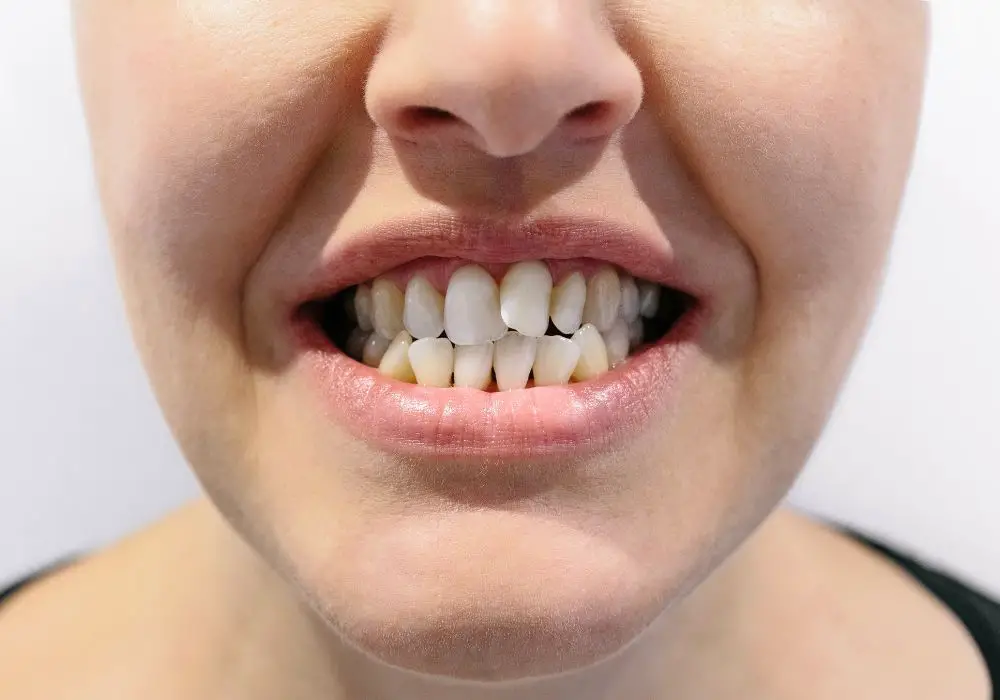
Although late lower incisor crowding is common, allowing it to progress unchecked can lead to significant oral health issues.
Plaque and tooth decay
Excessively crooked, crowded teeth are harder to clean thoroughly between. Crowded segments accumulate more plaque, raising decay risk.
Gum disease
Plaque buildup around misaligned teeth often causes inflammation and bleeding in gum tissue, leading to periodontal problems.
Tooth wear
The abnormal biting forces placed on teeth due to crowding lead to accelerated uneven wearing, cracks, chips, and fractures in enamel.
Bone loss
The gum inflammation induced by crowding enables bacteria to destroy surrounding jawbone. This causes progressive bone loss over time.
Reduced chewing ability
As crowding advances, it can hamper effective chewing, biting force, and ingestion of food for proper nutrition. Digestion suffers.
Esthetics
Worsening dental alignment and smile aesthetics over time can greatly diminish self-confidence and self-perceived attractiveness.
With preventive care and treatment when necessary, the effects of mild to moderate late tooth crowding can be limited so it does not severely degrade smile aesthetics or oral functionality. But significant ongoing changes need to be addressed promptly.
When to see a dentist
Consult your general dentist as soon as you notice teeth beginning to shift with age or changes in your bite alignment. Get an evaluation and advice sooner rather than later, as more treatment options are available in early stages of crowding.
Conclusion
Some degree of gradual tooth crowding and irregularity affects most adults to varying degrees, due to natural decreasing of collagen fibers, diminishing jawbones, and palate shrinkage. But diligent oral hygiene, regular dental care, retainers, and certain appliances can help counteract moderate late crowding to maintain excellent dental health and properly aligned teeth. Though very challenging to prevent completely, many middle aged and older adults can successfully manage this common age-related condition with the right strategies.
Frequently Asked Questions
Why do teeth shift after braces?
Teeth naturally try to drift back towards their original positions after orthodontic treatment. This occurs due to collagen loss over time and subtle continued jawbone changes. Consistent retainer use helps maintain teeth alignment.
At what age is late crowding most likely?
Tooth crowding typically becomes most visibly noticeable in the late 30s, 40s, and 50s as collagen depletion and jawbone resorption accelerate. But subtle shifts can begin earlier.
Can retainers prevent late crowded teeth?
Faithfully wearing retainers as prescribed after braces helps resist natural tooth drift and maintain position. But gradual late crowding may still occur to some degree eventually in most people.
What is the treatment for crowding in older adults?
Options range from subtle dental expansion and enamel reshaping to comprehensive orthodontics using full braces or clear aligner trays. Severe crowding with bone loss may require orthognathic jaw surgery.
When is surgery needed for crowding?
In rare severe cases of dental crowding combined with significant jawbone loss or misalignment, orthognathic surgery to reshape the maxilla or mandible may be necessary along with orthodontic treatment.


